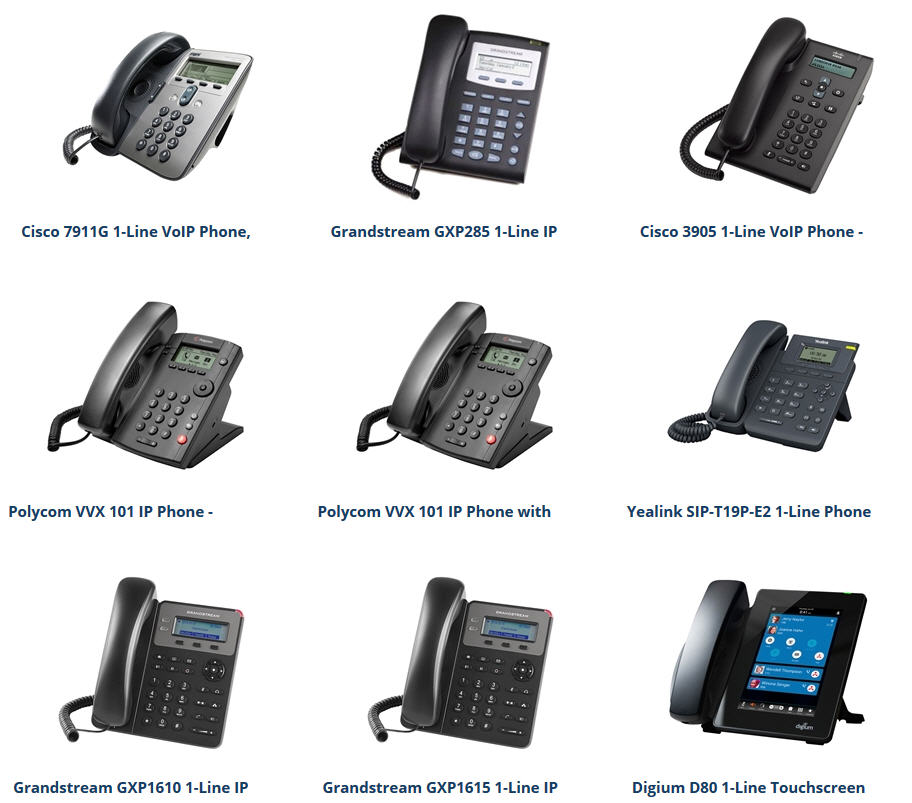Here are some basic rules of telephone protocol:
Speak directly into the mouthpiece of the phone or a headset while talking.
Do not eat or chew gum while talking on the telephone.
Do not cover the phone with your hand or put it against your chest to avoid the caller hearing you. Chances are, they will still be able to comprehend what you are saying.
If you are interrupted or must talk to somebody else in your workplace while you are on the phone, simply ask the caller if they can hold and press the HOLD button.
Do not place the handset in the cradle until you've pressed the HOLD button.
Do not lay the receiver on the desk without placing the caller on hold. The caller will hear everything being discussed in your office.
Always be courteous.
When answering the telephone:
Always try to answer your own telephone whenever possible.
Always practice answering your telephone within 2-3 rings.
To greet the caller:
In larger organizations: "Thank you for calling (dept. name). How may I direct your call?"
In smaller organizations: "Thank you for calling (dept. name). May I help you?"
In departments: "(dept. name), Mary Smith," or "Mary Smith, may I help you?"
It is unnecessary to use "good morning" or "good afternoon" when greeting the caller. Use the right tone and avoid mistakes.
When placing a caller on hold:
Remember to ask your caller "Do you mind holding?" or "May I put you on hold?" before doing so.
After placing your caller on hold, check back periodically (between 30-45 seconds). Give them the option to continue to hold if it will take longer to find information or offer to call them back.
When returning to your caller, remember to thank them for waiting.
If your caller cannot hold, offer to take a message, transfer to another party, or arrange for them to return the call at a specific time.
If you are not in a position to ask your caller to hold, tell the caller, "Please Hold" before depressing the hold button. When placing multiple calls on hold, remember to return to the first caller you placed on hold first.
When you are transferring a phone call:
Make sure to explain to the caller the reason why you are transferring their call.
Verify that it is all right with the caller for you to transfer them.
Call the department or person where you are transferring the call and make sure that they can take the call.
If they are able to take the call, give them the person's name, request, and any other relevant information.
Return to your caller and give them the name of the person they are being transferred to, the department, and the telephone number (if possible).
When you're not sure to whom a call should be transferred, take the caller's name and telephone number and find out where the call needs to be transferred. Also, give the caller your name and phone number as a reference in case the appropriate party does not contact them.
Screening telephone calls:
It is not recommended to screen calls if you want to enhance or encourage good public relations. You should always lean towards not screening calls if at all possible. "Yes, he's in. May I tell him who's calling, please?" is an example of an appropriate response when you are not screening calls.
Audio Missing:
If you don’t get a response from the other party (either the call dropped, the call quality dropped or the other party hung up), a single polite “are you still there” is enough. After waiting for 3 to 5 seconds, kindly ask the other party to call back if they can hear you. If you cannot hear the other party, ask once, then hang up. The caller should try again from better reception or to a different line. If the call cannot be completed, you can also consider sending a text message to apologize and reschedule the call.



 WhatsApp us
WhatsApp us